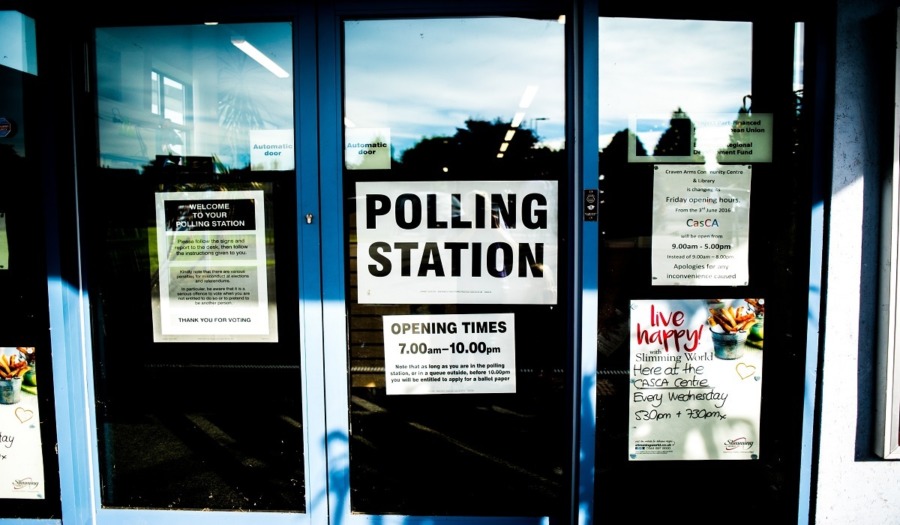Unveiling the Strategy of Paper Candidates in Manitoba’s Upcoming Provincial Election
- Naomi Dela Cruz
- Elections
- Trending
- Western Canada
- August 15, 2023

As Manitoba gears up for its next provincial election, the political landscape is buzzing with activity. Political parties are feverishly working to assemble their lineups of candidates, each aiming to present a united and formidable front to the public. However, amidst the excitement and anticipation, a peculiar phenomenon lurks beneath the surface: the concept of a “paper candidate.”
A paper candidate, in the realm of politics, is essentially a nominee who stands on the ballot with little to no chance of winning the election. The term “paper candidate” reflects that their candidacy is more symbolic than substantive. While they appear to be active participants in the democratic process, their candidacy is, in essence, a paper-thin representation of the party’s efforts.
Presenting a full slate of candidates in the lead-up to an election is both strategic and symbolic. A full slate conveys an image of organizational prowess, suggesting that the party is sufficiently established, competent, and has a broad support base across various regions. This portrayal is intended to create a perception that all constituencies are up for grabs and that the party is committed to offering voters a comprehensive range of options.
However, this appearance can be deceiving. The reality of the political landscape often includes seats considered unwinnable by certain parties due to deeply entrenched party affiliations or historical voting patterns. These constituencies have consistently favoured a particular party over the years, making victory challenging for any other party. While occasional upsets occur in politics, the odds of success for a paper candidate in such areas remain minimal.
The strategy of nominating paper candidates is a tactical decision that parties make for various reasons. These candidates may hail from regions far from the election hub, making active campaigning logistically difficult. Consequently, minimal campaign resources are allocated to their efforts, and they may not engage in traditional campaign activities such as advertising, pamphlet distribution, or social media promotion.
So, why would someone willingly become a paper candidate? Often, individuals take on this role as a gesture of loyalty or support for their party. While the chances of victory may be slim, appearing on the ballot can still bolster the party’s image. Additionally, paper candidates aligned with a party that ultimately forms the government may find themselves in a favourable position post-election. This could involve receiving appointments to cushy administrative roles within the government or securing positions within the public sector.
While paper candidates may not experience the jubilation of a victory celebration on election night, their contributions are not in vain. Their role in completing the party’s slate contributes to projecting a sense of unity and strength, which can benefit the party’s overall image. Moreover, the potential for future opportunities within the government or public sector can incentivize individuals to take on the role of a paper candidate.
As Manitoba prepares for its upcoming provincial election, the presence of paper candidates underscores the complexities and intricacies of political maneuvering. Behind the scenes, these individuals may not be contenders for the coveted seats, but their participation contributes to the broader narrative of democracy in action. While the eyes of the public are focused on the larger battles for power, the paper candidates remind us that every piece on the chessboard of politics serves a purpose, even if it’s not always apparent at first glance.








